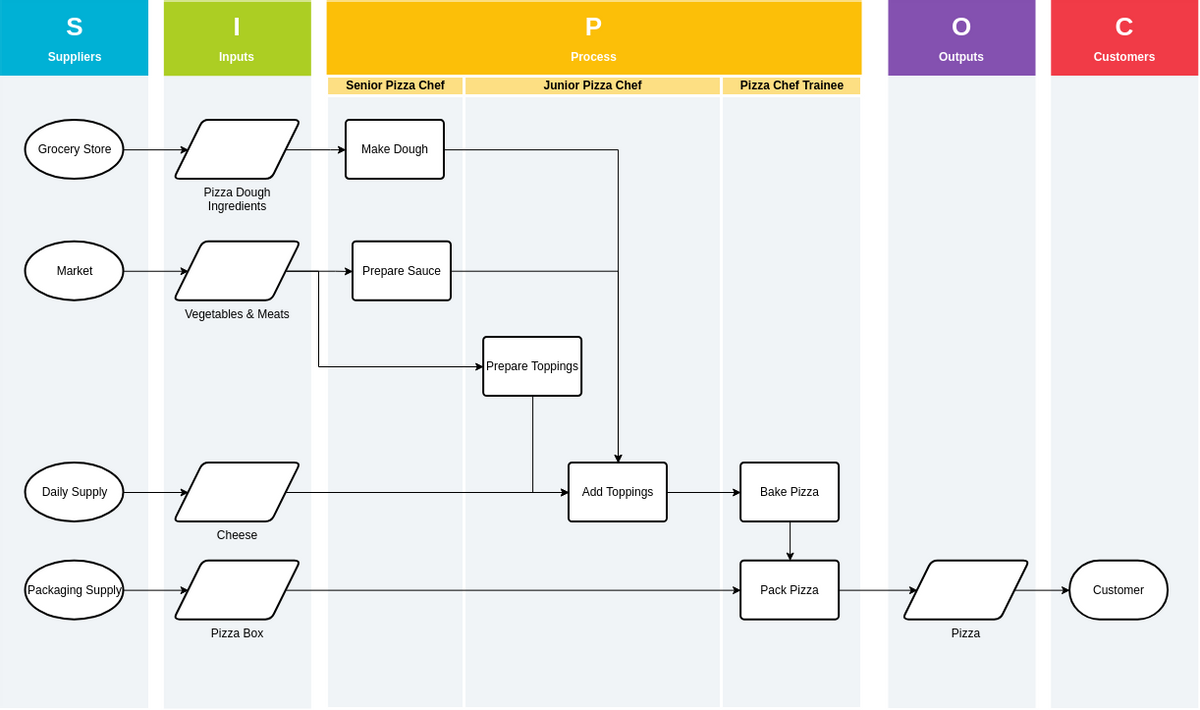

Lean Manufacturing is a process which works to eliminate business waste, and by doing so, increasing output. Learn more: Discover more about the benefits of simulation for process improvement Simulation allows those involved in the projects to visualize and determine benefits along with the limitations that need to be solved. The fantastic thing about simulation is that it also helps you to engage staff in the procedure of developing process improvements. Simulation allows you to identify the risks before going into a situation and thus, you can adequately prepare yourself. You’ll save your company money because you’ll never be investing without knowing if your idea is actually workable first. Modeling via simulation allows you to gather a huge amount of insight without having to deploy the changes in the real world. You can gain fast insights to make improvements within your organization. Simulation is a powerful tool because you can check and try process changes with ease and at speed. Such software might be used to, for instance, represent the staff assignment within a hospital, or operations within a typical day at a bank. A simulation will be time-based and will consider resources and constraints as well as interactions.
Business process modeling software sipoc free#
Simulation techniques are an excellent way to test improvements in a way that’s cost-effective, minimally-invasive and free of risk.Ī simulation is essentially a model that functions to mimic the operation of a proposed or real system. Simulation plays a vital role when it comes to the improvement of processes.

Analyze: you’ll need to analyze the data that you’ve collected, including a GAP analysis.From here, you can put in place metrics to measure CTQ and then collect all the data. Measure: next, you need to decide the CTQ (critical to quality) aspects of the process.Define: the first thing that you need to do is to define the problem, and from here you can make determinations about the requirements.One of the main tools used in Six Sigma to improve existing processes is DMAIC this procedure stands for the following principles: Additionally, the Six Sigma process works to improve customer satisfaction. Six Sigma involves the collection and analysis of data to minimize cycle time and defects. What tools and techniques are commonly used for process improvement? Six Sigma Tools


 0 kommentar(er)
0 kommentar(er)
